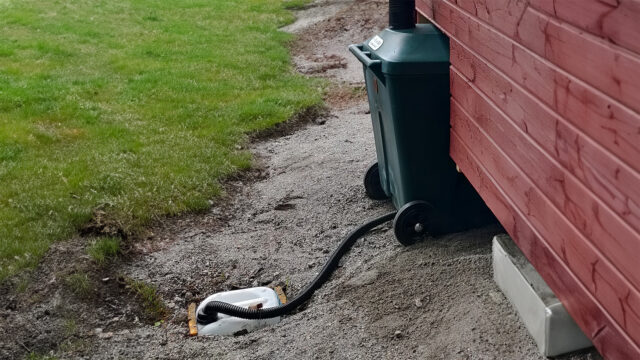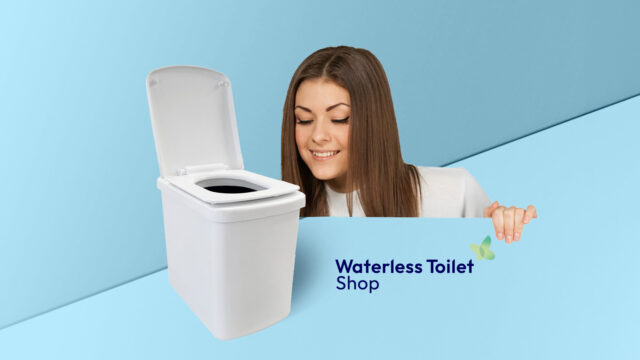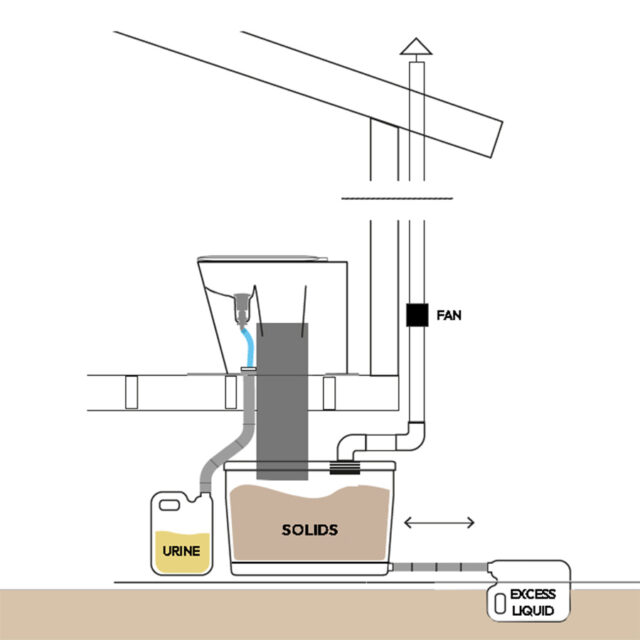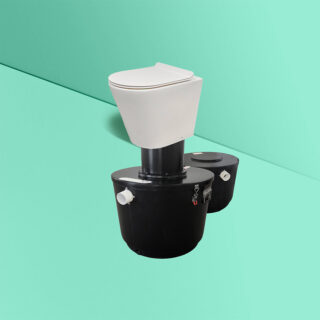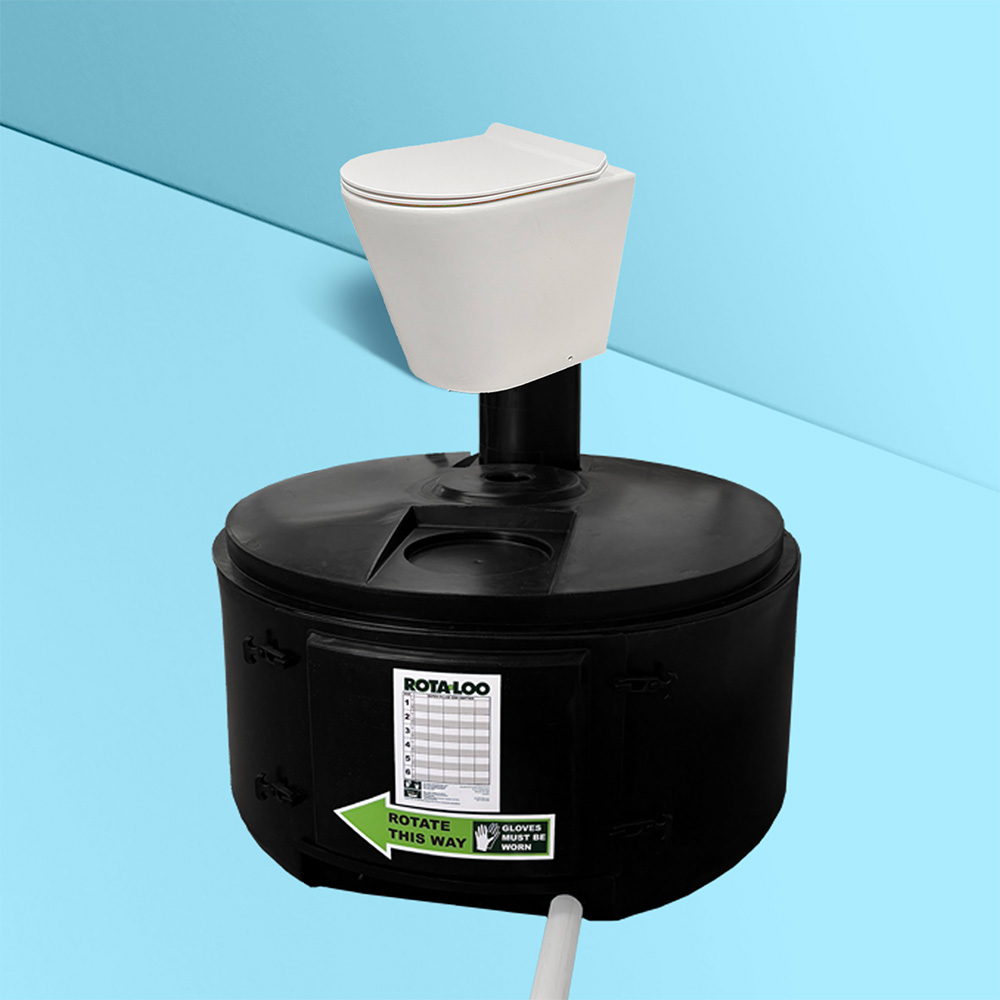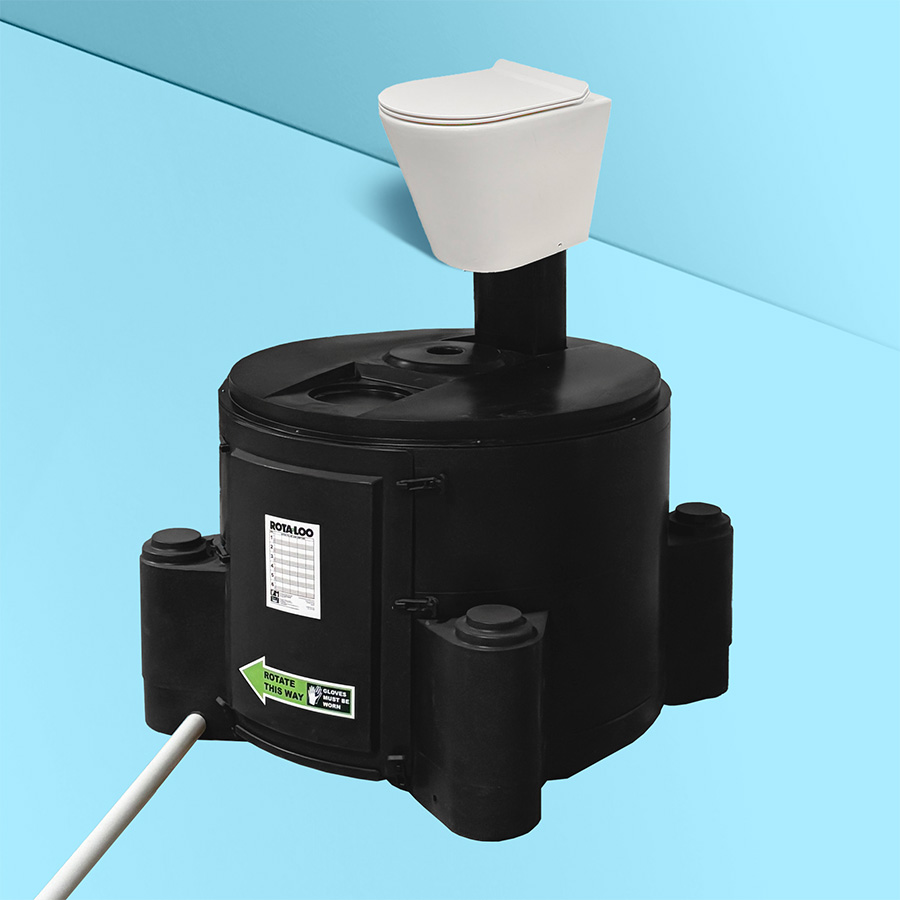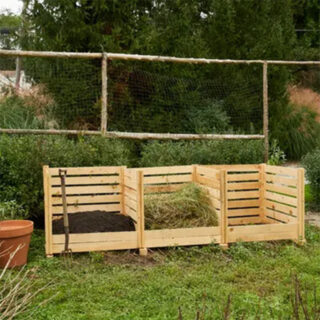Tiny House Composting Toilet: Everything you need to know
The tiny house movement emphasizes efficient use of space and resources, making composting toilets a popular choice for these homes. This article explores composting toilets, focusing on their functionality, benefits, and integration into tiny houses. We will cover how they work, their environmental advantages, and practical considerations for installation and maintenance, providing a thorough overview for anyone considering this sustainable option.
- Introduction to Tiny Houses and Composting toilets
- About Composting Toilets and Tiny Houses
- Benefits of Composting Toilets in Tiny Houses
- Choosing Composting Toilet for Tiny House
- Installation of Composting Toilets into Tiny House
- Maintenance and Service of Composting Toilets in Tiny Houses
- Legal considerations of Composting Toilets
- Real-Life Inspiration: Composting Toilets in Tiny Houses
- Conclusion
Introduction to Tiny Houses and Composting Toilets
The tiny house movement has gained popularity as more people seek to disconnect from busy urban lifestyles and embrace simpler, more sustainable living. These compact homes are often situated in remote, serene environments where traditional utilities are not always feasible. In such settings, space-saving and eco-friendly solutions are crucial. Composting toilets, which reduce water use and handle waste sustainably, are an ideal choice for these small dwellings. This section explores how composting toilets align with the goals of the tiny house movement, providing efficiency and environmental benefits essential for secluded living.

About Different Types of Composting Toilets for Tiny Houses

A composting toilet is a type of waterless toilet that treats human waste using a natural composting process, transforming it into reusable compost.
Not all waterless toilets qualify as composting toilets, despite common misconceptions. A true composting toilet not only collects waste but also completes the composting process within the unit itself, a detail often misrepresented by some manufacturers. For a deeper dive into this distinction, read Composting toilets vs. compost toilets.
Composting toilets are generally categorized into two types: self-contained units and split systems. Self-contained units house all necessary components within one structure installed at floor level, making them ideal for tiny houses without space beneath the bathroom. Split systems, on the other hand, feature an external composting unit located below the floor level, suitable for tiny houses built with space underneath the bathroom. The choice between these systems depends heavily on the structure of the tiny house. To learn more, read our article about Split-systems vs. Self-contained composting toilets.
Additionally, composting toilets can be differentiated by their operation: batch composting and continuous composting. Batch composting involves alternating between two containers for active use and further composting, while continuous composting uses a single, larger unit that is gradually emptied, typically from the side. This distinction is crucial for understanding how each type of composting toilet can be serviced in a tiny house.
Benefits of Composting Toilets in Tiny Houses
Composting toilets offer significant advantages for tiny houses, especially those located in off-grid, scenic settings. These systems allow for greater flexibility in placement of tiny homes, as they do not require connection to sewage systems, enabling residents to choose stunning, remote locations without sacrificing sanitary conditions.
Environmental Impact
Composting toilets significantly reduce water usage by eliminating the need for flushing, a crucial benefit in eco-conscious living. Additionally, they facilitate nutrient recycling by turning waste into compost that can be used to enrich the soil, minimizing the ecological footprint of the tiny house. Unlike cesspools or septic systems, composting toilets can easily be made completely closed systems, meaning they treat waste on-site without risk of environmental contamination.

Cost Efficiency
Composting toilets offer significant cost advantages, particularly for tiny houses in off-grid locations. The initial setup cost of a composting toilet is significantly lower than that of installing traditional plumbing and septic systems, which can be prohibitively expensive in remote areas. For ballpark comparison, whereas making a new septic system might cost $15,000-$25,000, as composting toilet with a white ceramic toilet usually costs only about $1,000-$2,000.
Furthermore, the long-term savings are considerable; with minimal maintenance or service costs, typically amounting to just a few dollars per year, composting toilets provide an economical solution over their lifespan.
Space Efficiency and Simplicity
Many composting toilet models are designed to be compact, making them ideal for the space constraints within tiny houses. As standalone systems, they do not require external maintenance of experts coming into your tiny house to fix things. Instead, homeowners can manage these systems independently, avoiding the need for regular paid service visits. This do-it-yourself aspect not only cuts down on costs but also enhances the simplicity and appeal of managing a tiny home.
These benefits underscore why composting toilets are not just practical but also a sustainable and economical choice for tiny house living, aligning perfectly with the ethos of reducing one’s environmental impact while maintaining a high standard of living.

Choosing the Right Composting Toilet for Your Tiny House
Selecting the appropriate composting toilet involves several considerations that ensure it meets the specific needs of your tiny house and its residents. Key factors to keep in mind include:
Household Size and Usage
The number and frequency of users significantly influence the type of composting toilet needed. For a tiny house that accommodates multiple residents or guests regularly, a more robust system might be necessary compared to one used by a single person or used only seasonally.
Seasonal vs. Year-round Use
Composting toilets vary in their capacity and durability, which are important to consider if your tiny house is not used year-round. Systems designed for occasional use in summer homes need different specifications from those required for all-year living.
Structural Considerations
The existing or planned structure of your tiny house also plays a crucial role. If there is space beneath the bathroom floor, a split system may be feasible, which generally allows for larger capacity and easier maintenance. For tiny houses without this space, a self-contained unit would be more suitable.
Installation Tips for Composting Toilets in Tiny Houses

While specific installation instructions will vary by model, there are several universal considerations to ensure your composting toilet functions effectively:
Separation of Liquids and Solids
Proper separation of liquid is crucial for eliminating odors and enhancing the composting process. There are essentially two way to separate the liquids: either directly in the toilet bowl or afterwards in the composting container. The separated liquid can be collected into a separate container or drained into a French drain, depending on the environment and the local regulations of state and county.

Learn more about urine-separation from the other blog post.
Ventilation
Adequate ventilation is essential to control moisture and odors. If your unit includes an electric fan, verify that it directs airflow from inside the toilet to the outside. For systems without a fan, ensure the ventilation pipe is installed vertically and as straight as possible to promote natural air flow.

Pre-Installation Preparation
Before purchasing a composting toilet, review the installation manual or guide available from the manufacturer. If it is not available, ask for it! This can provide a clearer understanding of the installation process and help you assess whether you can undertake it independently or if professional help is needed.
Maintenance and Service of Composting Toilets in Tiny Houses

It’s important to acknowledge that all toilets require maintenance. Like traditional flush toilets, composting toilets need regular cleanup. However, providing exact service guidelines for a composting toilet in a tiny house is challenging because maintenance varies with each model. Essentially, what goes in—poop, urine, toilet paper, and dry materials like hemp—must eventually come out, transformed into compost. This natural process typically takes 6-14 months, influenced by climate and other factors. The resulting compost is safe to use as fertilizer for nearby non-edible plants and trees.
For more detailed guidance on how to empty composting toilets, please refer to our article How to Empty a Compost Toilet.
Legal Considerations for Waterless Toilets in Tiny Houses
In the United States, the legality of waterless toilets varies as regulations are set at the state, county, and sometimes city level, without a nationwide standard. Before installing a waterless toilet, it’s essential for tiny house owners to consult local regulations on on-site waste treatment. This can range from full allowance with no restrictions in some areas to strict prohibitions or specific requirements in others. Understanding these local laws is crucial to ensure compliance and to avoid unpleasant surprises during the integration of waterless toilets in tiny houses.
Real-Life Inspirations: Tiny Houses with Composting Toilets

Contrary to common misconceptions, modern composting toilets are designed to be completely odorless and pleasant for indoor use, making them an excellent choice for tiny houses like the ones seen in this article. The advanced design of composting units ensures that odors are effectively reduced and managed through ventilation systems, making the experience as comfortable as using a conventional bathroom.
This setup demonstrates how composting toilets can seamlessly fit into the aesthetic and functional needs of a tiny house, right next to a kitchen for example, providing a hygienic and environmentally friendly solution to waste management.
Split-system composting toilets are an ideal choice for tiny houses with available space beneath the bathroom floor, as they separate the composting unit from the toilet itself. This arrangement allows for larger capacity and easier maintenance, making it suitable for tiny homes where multiple occupants might increase the system’s usage demands.
Not every tiny house has enough indoor space to accommodate a true composting toilet. In such cases, homeowners can consider constructing an outdoor bathroom adjacent to their tiny house. This approach not only conserves indoor space but it can also make the maintenance and service of the toilet easier. Below are images from a customer who successfully implemented an outdoor bathroom with a composting toilet, demonstrating how it can seamlessly integrate with their tiny house lifestyle.
Conclusion
Composting toilets are a great choice for anyone living in a tiny house. They help save space, reduce water use, and turn waste into useful compost. This guide has shown you different types of composting toilets, how they work, and why they’re good for the environment and your budget. We’ve also covered how to pick the right one, install it, and maintain it properly.
Choosing a composting toilet means choosing a smart, sustainable way to live. They fit perfectly with the tiny house lifestyle, letting you live comfortably and responsibly, even in remote places. With the right setup, a composting toilet can make your tiny home more practical and pleasant place to stay longer.

Who We Are
At Waterless Toilet Shop we are a dedicated team of dry toilet experts based in Henderson, Nevada. As a family-owned company with deep roots in Scandinavia and Australia, we bring a blend of global insights and local expertise to every product we create.
At Waterless Toilet Shop, we do more than just design and manufacture innovative composting toilets; we also use them daily. This hands-on experience allows us to continuously improve our products and ensure they meet the high standards of functionality and sustainability that our customers expect.
We are committed to living the eco-friendly principles we teach, making our solutions not just part of our business, but a part of our lives. Join us in embracing a more sustainable future, one flush at a time.
Read Our Story





